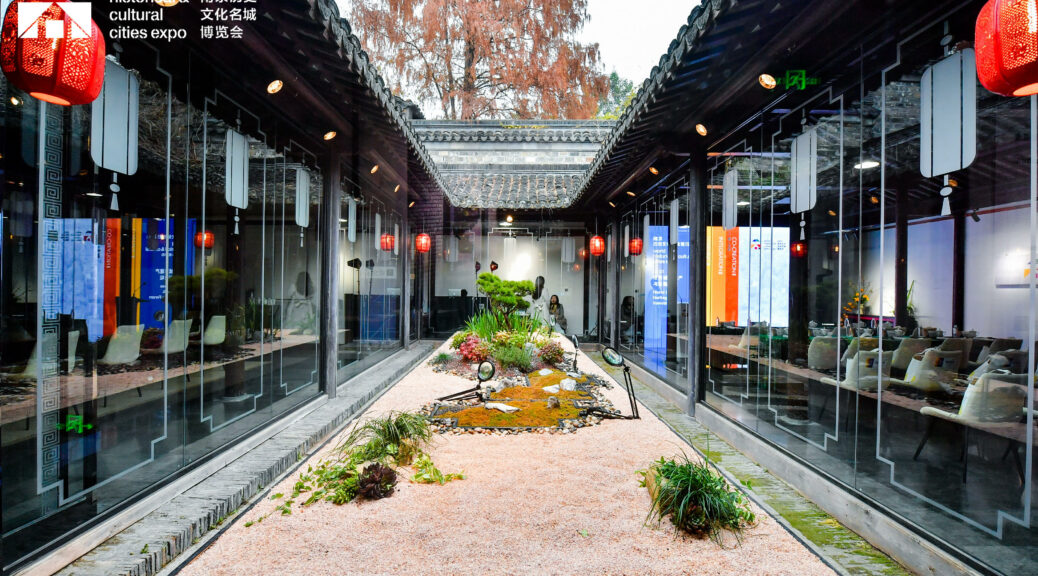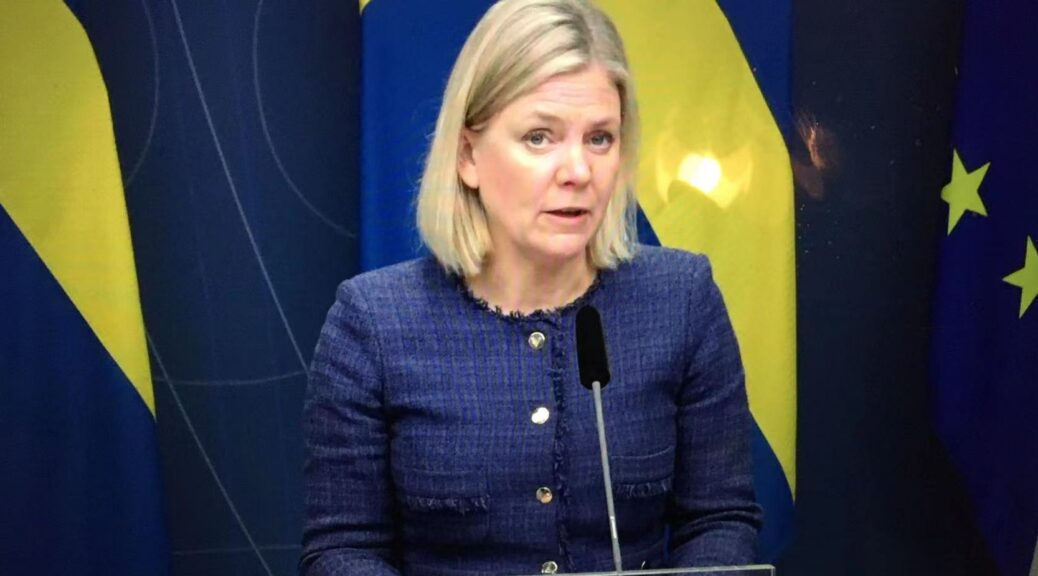Translated and edited by Xuefei Chen Axelsson
Stockholm, Dec. 17(ChinaEuropeDialogue)—2021 Word Historical and Cultural Cities Expo and World Cities Heritage and Innovation Forum have been successfully held in Nanjing, Jiangsu Province, East China recently.
With the theme of “Activation of Cultural Heritage-Towards Sustainable Urban Innovation”, experts and scholars discussed the innovative paths of cities in enhancing heritage and culture through online and offline methods, and shared best practices from all over the world.
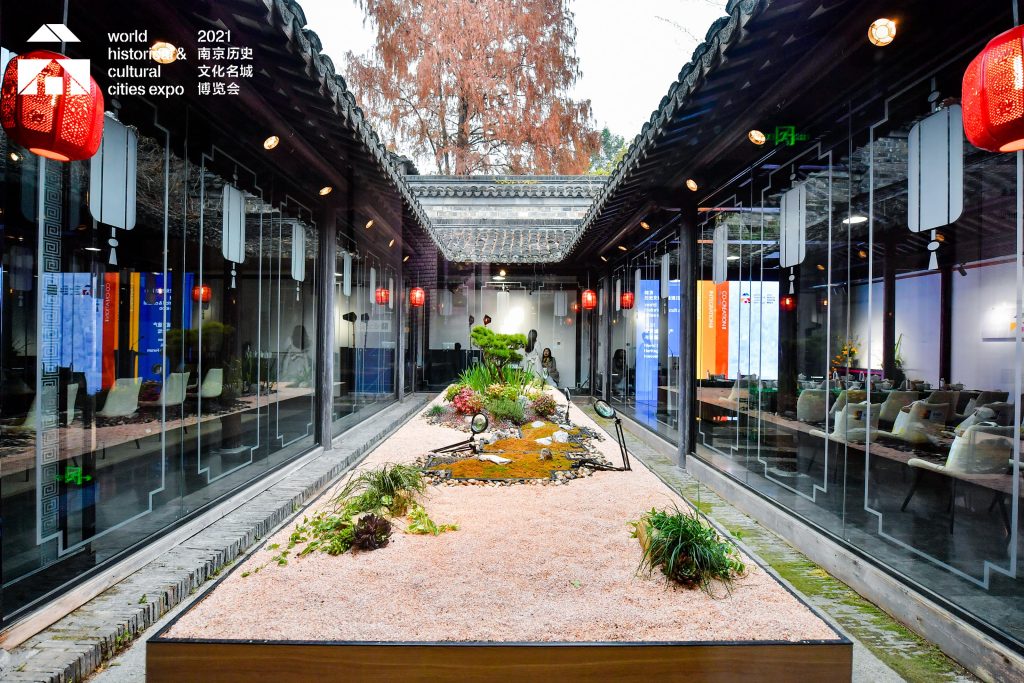
It is worthwhile to note that the “Report on Culture Promoting the Vitality of World Cities” has been released at the forum. As a global case, Nanjing‘s vitality indicators in literature and culture aroused great attention.
Report on Culture Promoting Vitality of World Cities was released and Nanjing has excellent indicators.
Justine Simons, Chairwoman of World Cities Culture Forum and Vice Mayor of London sent her congratulatory remarks through a video.
“Nanjing is a very important member of the World Cities Culture Forum.” Said Simons. “It is necessary to make the most of the opportunity of hosting the World Cities Heritage and Innovation Forum to promote sustainable urban development”.
In 2019, Nanjing officially joined the highest-level international inter-city cultural exchange platform–World Cities Culture Forum. After Nanjing joined the forum last year, it co-organized the World Cities Cultural Space and Night Economic Development Forum for the first time.
During the famous cities meeting this year, the World Cities Culture Forum and Nanjing co-organized the “2021 World Cities Heritage and Innovation Forum” .
At the forum, David Adam, an expert in the field of world culture and creativity, founder and head of a global city consulting agency, released the “Report on Culture Promoting the Vitality of World Cities”.
The report was compiled on the basis of “Creating a Healthy Night Economy-Key Cultural Indicators of World Cities” released last year.
This year’s report lists a city’s economic and cultural vitality indicators by studying various aspects related to culture in 12 cities, such as cultural creation, cultural planning, cultural entrepreneurs, etc.
Mr. Adam explained how cities can enhance cultural vitality from different dimensions, pointing out that “cultural vitality promotes urban development and fosters a creative economy.”
It is worthwhile to note that Mr. Adam has repeatedly mentioned Nanjing’s outstanding performance.
“Nanjing performs very well in terms of literary and cultural indicators, and it is one of the cities with the best performance in this field.”
He noted that from the data point of view, fast-growing cities like Nanjing, Shenzhen and Chengdu have seen balanced development with cultural vitality.
Li Qianmu, Vice Chairman of Jiangsu Association of Science and Technology said in his speech that Nanjing is at the forefront of exploring the use of scientific and technological means to protect historical and cultural heritage. Technological innovation and cultural protection complement each other, allowing history and modernity to reflect each other, such as Nanjing’s city walls, Dayou Lane and Confucius Temple, which are all good evidences.
In the protection of scientific and technological innovation, Nanjing has formed a good ecology that promotes each other, retains the memory of the city’s history and culture, and makes living environment better.
In Nanjing, one of the most beautiful cities, literature is connected with the 2500 years of the urban construction history and linked with people’s beautiful life.
In Nanjing, mountains, rivers, cities and forests are all poems, and the humanities are also literature. It formally joined the UNESCO Global Creative City Network two years ago and was awarded the title of “Capital of Literature”. This year, the first batch of 109 Nanjing “World Literary City Landmark Network” was unveiled and more literary infrastructures were completed.
Nanjing is strengthening literary exchanges with other cities in the world with an open and inclusive attitude to promote sustainable urban development. Let Nanjing literature, Chinese literature and world literature complement each other, and let the world enjoy the enthusiasm from Nanjing, the Capital of Literature.
Wen Yiwu, secretary general of Nanjing City of Literature Promotion Association, gave a keynote speech on “Community-oriented Urban Literary Space Plan”.
He said that Nanjing had issued the “Planning Outline for the Construction of the Literary City”.
That focuses on creating a pivotal literary guest house, many demonstrating literature spaces and shared places for literary atmosphere.
“We hope to create such an atmosphere which is full of factors and elements which are conducive to literary development.”
A person can walk on a small path with a book in his or her hand and experience a beautiful cultural feast.
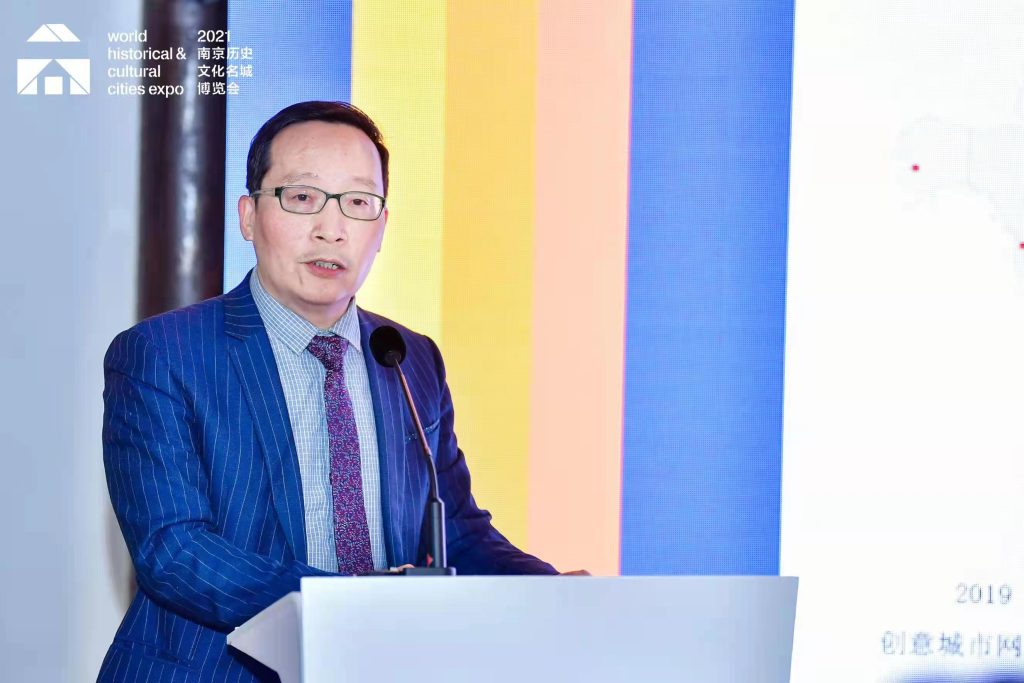
Lu Andong, Professor and Dean of the Department of Architecture of the School of Architecture and Urban Planning of Nanjing University, introduced Nanjing’s vision of the World Capital of Literature.
It is a substructure, unprecidented to use new technology to connect everyone in Nanjing.
“People encounter literary landmarks scattered in the city, and based on their own cognition, interest and hobbies, with support of smart means, they connect with literature in the urban space,” said Lu Andong.
“Nanjing is currently building a literary museum and planning 10 literary paths in the city. Among them, three small paths include the Six Dynasties Literature Path near Jiming Temple, the Modern and Contemporary Literature Path on Yihe Road, and the Ming and Qing Literature Path in the west of Mendongmen. They will be completed by next spring.”
This also means that in the future, people walking on the streets and alleys in Nanjing will encounter literary trails and get a touch of the literary atmosphere. More importantly, Nanjing is building a Literature Capital on the Cloud.
“We are building a database of the Capital of Literature. We shall give people information about each literature point, but behind each point, path and venues, there is a big cloud of the City of Literature.” said Lu.
Cloud Sharing of best practices in the world
At the forum, participants exchanged ideas and discussed urban cultural heritage and innovation practices.
Lori Martin, Senior Cultural Affairs Officer of the Department of Culture and Arts of the City of Toronto, talked about how Toronto has created a waterfront space that is livable, industrial and touristic. Toronto’s waterfront regeneration project has been going on for 20 years. This project hopes to create a more natural and healthier river connecting Toronto’s inner harbor and Lake Ontario, while at the same time eliminating the risk of waterlogging on more than 700 acres of urban land.
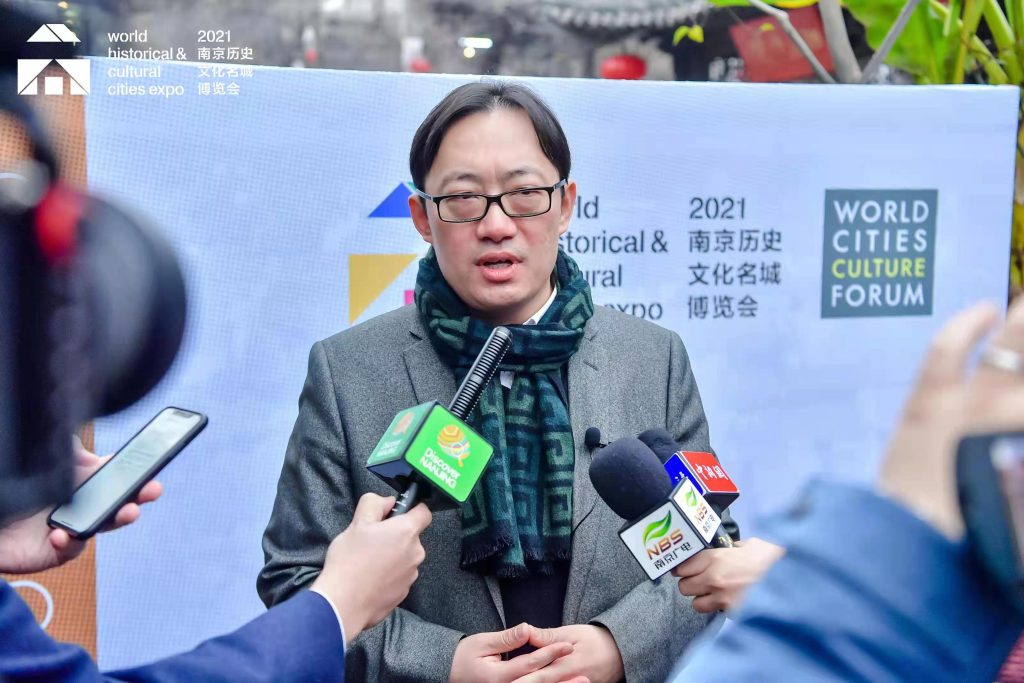
Zhang Da, representative of Shanghai Cooperation Organization and managing director of China Science and Technology Cultural Tourism, shared the “SCO National Cultural Tourism Industry Collaborative Innovation Plan”.
He said that he is discussing with relevant industry experts on how to create an independent cultural and tourism industry development belt between the SCO countries through the Eight Wonders of the SCO and the SCO National Miracle.
During this process, it is also necessary to rely on a global creative network like UNESCO to create a unique business card for each city.
Alison Bowden, Director of the Trust Fund for the UNESCO Literary Capital of Edinburgh, and Chris Grebe, CEO of the Norwich National Writing Center, the UNESCO Literary Capital, introduced Edinburgh and Norwich to the participants some projects carried out by these two “literary capitals” . They have effectively incorporated literature into the development of the city.
Richard Kirk, director of the Center for Architecture and Visual Arts at the University of Liverpool, Maria Privalova, curator of the Moscow Central Library, and Domenique Lemieux, general manager of the Canadian Institute of Quebec, also made separate presentations and wonderful case sharing.
The Regional Cooperation Forum of the World Cities Culture Forum is an important channel for member cities to seek collaboration and cooperation. The practical cases and the results of this forum will be published on the “Circle of Friends” and official website.
